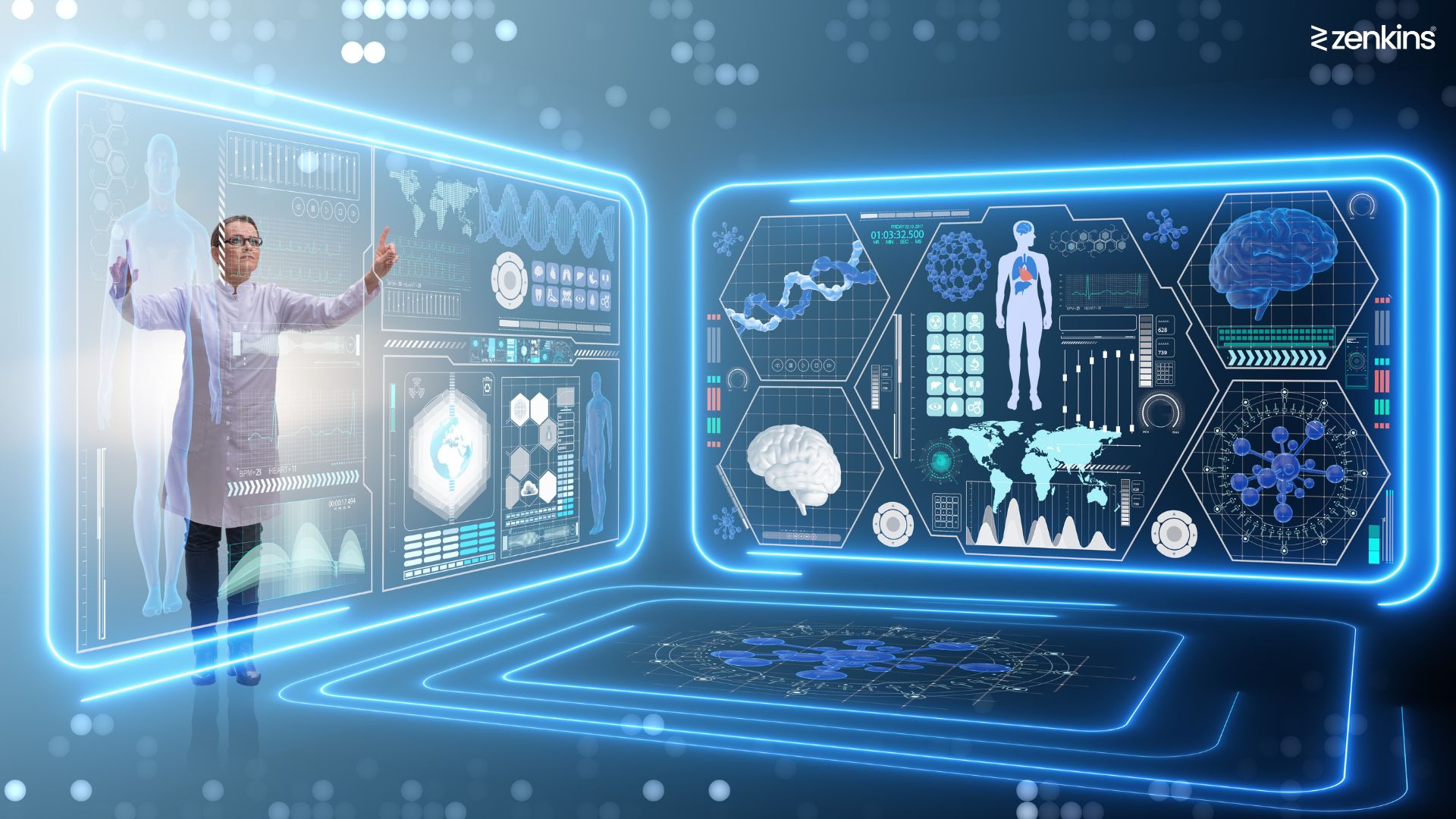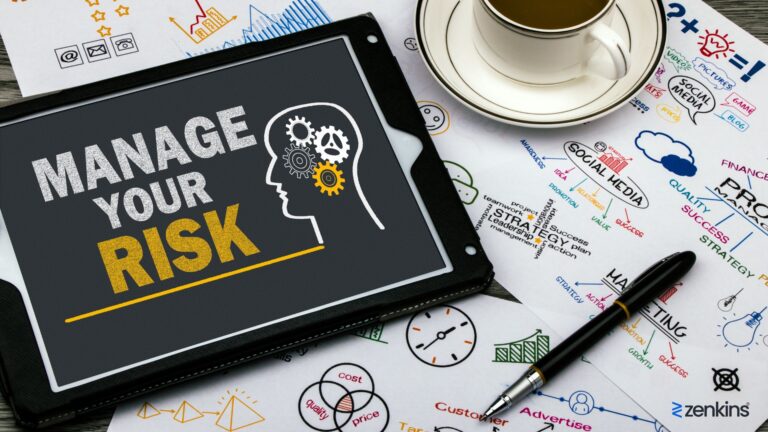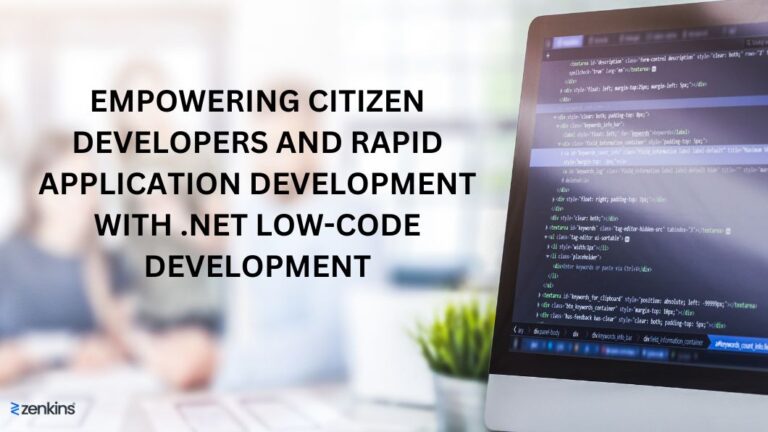Remote Monitoring: Keeping Patients Healthier with IoT and Software
Table of Contents
Remote monitoring has emerged as a powerful tool in healthcare, revolutionizing the way patient care is delivered. By leveraging the capabilities of Internet of Things (IoT) technology and sophisticated software systems, remote monitoring offers a new paradigm in healthcare management.
This article explores the various aspects of remote monitoring, shedding light on its benefits, challenges, and future trends. We will delve into how remote monitoring enhances chronic disease management, improves patient outcomes, and empowers healthcare providers to deliver more efficient and personalized care. Additionally, we will examine the crucial factors of privacy and security in remote controlling technologies. Ultimately, this article will underscore the immense potential of remote monitoring to transform healthcare by keeping patients healthier, more engaged, and connected to their healthcare providers.
Introduction: The Role of Remote Monitoring in Improving Patient Health
Understanding the Need for Remote Monitoring
Picture this: you’re at home, curled up on your couch, binge-watching your favorite TV show, when suddenly you start feeling a bit off. Your heart starts pounding, and you feel a wave of panic wash over you. Is it just a momentary blip, or should you be concerned? In situations like these, remote control can be a game-changer.
Remote monitoring allows healthcare providers to keep an eye on their patients’ health without them having to physically be present. It involves using a combination of IoT devices and specialized software to track vital signs, collect data, and ultimately, improve patient outcomes.
The Impact of Remote Monitoring on Patient Outcomes
Remote monitoring is like having a personal health detective on your side. By continuously monitoring vital signs, such as heart rate, blood pressure, and oxygen levels, healthcare providers can detect early warning signs and intervene before a minor issue becomes a major problem.
This proactive approach not only improves patient health but also reduces hospital readmissions and emergency room visits. It allows healthcare providers to provide timely interventions and adjustments to treatment plans, leading to better health outcomes and happier patients.
Understanding the IoT and Software in Remote Monitoring Systems
Explaining the Internet of Things (IoT)
Ah, the Internet of Things – the futuristic concept that connects everyday objects to the Internet, giving them the ability to send and receive data. In the realm of monitoring IoT devices, such as wearable sensors or smart home devices, play a crucial role.
These devices collect patient data and transmit it securely to healthcare providers, allowing them to monitor patients remotely. It’s like having a virtual health assistant that never sleeps, ensuring constant surveillance of your health.
Overview of Software Solutions in Remote Monitoring
Now, let’s talk software. Remote monitoring systems rely on sophisticated software solutions to process and analyze the data collected by IoT devices. These software platforms enable healthcare providers to monitor multiple patients simultaneously, spot trends, and generate valuable insights.
With user-friendly interfaces and intuitive dashboards, healthcare providers can easily access and interpret patient data. It’s like having an analytics team at their fingertips, crunching numbers and deciphering patterns, so they can make informed decisions about patient care.
Benefits of Remote Monitoring for Patients and Healthcare Providers
Improving Access to Healthcare Services and Reducing Costs
Imagine waving goodbye to the long hours spent in waiting rooms or driving to and from medical appointments. Remote monitoring eliminates geographical barriers and enhances access to healthcare services.
For patients, this means fewer travel expenses, reduced inconvenience, and improved overall convenience. Additionally, remote monitoring reduces healthcare costs by preventing unnecessary hospital visits and allowing for earlier interventions, which can prevent costly complications down the line.
Enhancing Patient Engagement and Empowerment
Monitoring puts patients in the driver’s seat when it comes to their healthcare. By actively participating in their own care, patients feel more empowered and engaged in managing their health.
With access to real-time data and personalized feedback from healthcare providers, patients can make informed decisions about their lifestyle and treatment plans. It’s like having a virtual cheerleader, rooting for your success and cheering you on toward better health.
How Remote Monitoring Enhances Chronic Disease Management
Monitoring and Managing Vital Signs Remotely
Chronic diseases require careful monitoring, but that doesn’t mean you should have to camp out in a hospital bed. Monitoring allows patients with chronic conditions, such as diabetes or hypertension, to keep a close eye on their vital signs from the comfort of their own homes.
By regularly tracking key indicators, healthcare providers can detect any fluctuations and make timely adjustments to treatment plans. This proactive approach helps prevent exacerbations of chronic conditions and empowers patients to take control of their health.
Predictive Analytics and Early Intervention for Chronic Conditions
With remote controlling or monitoring, healthcare providers can harness the power of predictive analytics to identify potential issues before they even rear their ugly heads. By analyzing patterns and trends in patient data, software algorithms can alert healthcare providers to early warning signs, allowing for preventive interventions.
This proactive approach not only improves patient outcomes but also saves healthcare resources. It’s like having a crystal ball that predicts health-related mishaps, enabling healthcare providers to step in and save the day before things go awry.
So, whether you’re sipping tea in your living room or climbing a mountain, this monitoring technology is revolutionizing patient care and making healthcare more accessible, engaging, and effective. Cheers to remote monitoring and keeping patients healthier with the power of IoT and software!
Ensuring Privacy and Security in Remote Monitoring Technologies
In the age of interconnected devices, privacy and security are paramount concerns when it comes to these monitoring technologies. Patients need assurance that their personal health data is kept confidential and protected from unauthorized access.
Data Encryption and Secure Communication
To safeguard patient information, the monitoring systems employ state-of-the-art encryption techniques to encode data while it is being transmitted. This ensures that even if intercepted, the information remains indecipherable to unauthorized individuals. Secure communication protocols, such as SSL/TLS, are also utilized to establish safe connections between devices and databases.
Compliance with Privacy Regulations and Standards
Adherence to privacy regulations and standards, such as HIPAA (Health Insurance Portability and Accountability Act), is crucial for these kinds of monitoring technologies. Implementing strict privacy policies and protocols ensures that patient data is handled in a compliant manner, with proper consent and transparency. By following these regulations, healthcare providers can build trust with patients and guarantee the confidentiality of their information.
Challenges and Limitations of Remote Monitoring in Healthcare
While remote monitoring has immense potential, it also faces certain challenges and limitations that need to be addressed for its successful implementation in healthcare settings.
Technical Issues and Interoperability Challenges
One of the hurdles in monitoring patients through this method is the interoperability of devices and systems. Different manufacturers may use proprietary protocols that limit compatibility, making it difficult to integrate various monitoring devices seamlessly. Overcoming these technical challenges requires the establishment of standardized communication protocols to ensure interoperability, enabling devices from different manufacturers to work together harmoniously.
Staff Training and Adoption of Monitoring Systems
For remote monitoring to be effective, healthcare professionals need to be well-versed in operating and interpreting data from these systems. Adequate training is necessary to ensure that healthcare staff can utilize remote monitoring technologies to their full potential. Additionally, encouraging the adoption and acceptance of these systems among healthcare providers is crucial to realizing their benefits fully. Education and support can help alleviate any resistance or skepticism towards remote monitoring.
Future Trends and Innovations in Remote Monitoring
As technology advances, monitoring techniques continue to evolve, offering exciting possibilities for the future of healthcare.
Advancements in Wearable Devices and Sensors
Wearable devices and sensors are becoming increasingly sophisticated, allowing for more accurate and comprehensive data collection. From smartwatches capable of tracking vital signs to wearable patches that monitor specific conditions, these innovations empower patients to actively participate in their own healthcare while providing healthcare providers with real-time information for better decision-making.
Integration of Artificial Intelligence and Machine Learning
The integration of artificial intelligence (AI) and machine learning (ML) holds immense potential in remote controlling or monitoring. AI algorithms can analyze vast amounts of patient data, identifying patterns and anomalies that may go unnoticed by human analysis alone. Machine learning can enhance predictive capabilities, helping healthcare providers anticipate and prevent adverse events. These technologies have the potential to revolutionize remote monitoring by enabling proactive interventions and personalized care.
Conclusion: The Potential of Remote Monitoring to Transform Healthcare
Remote monitoring has the power to revolutionize healthcare by providing continuous and personalized care, empowering patients, and improving health outcomes. It offers the opportunity to monitor patients remotely, intervene early in case of potential health issues, and reduce hospital admissions. With proper privacy and security measures, addressing technical challenges, and embracing future trends, it can unlock a new era of patient-centered healthcare, ensuring healthier lives for all.
In conclusion, remote controlling or monitoring has emerged as a game-changer in healthcare, offering numerous benefits for both patients and healthcare providers. By harnessing the power of IoT and software solutions, it enable improved access to care, enhanced patient engagement, and more effective management of chronic diseases. While challenges and limitations exist, advancements in technology and ongoing innovations promise a bright future for remote monitoring. By prioritizing privacy and security, healthcare providers can leverage the full potential of this type of monitoring to deliver personalized, proactive, and efficient care. As we embrace these advancements, the potential for remote controlling or monitoring to transform healthcare and keep patients healthier is truly remarkable.
FAQ
What is remote monitoring in healthcare?
Remote monitoring in healthcare refers to the use of technology, such as IoT and software systems, to collect and transmit patient data from a distance. This allows healthcare providers to monitor patients’ health conditions, vital signs, and symptoms remotely, without the need for in-person visits.
How does this kind of monitoring benefit patients?
It offers several benefits for patients. It enables them to receive timely and proactive healthcare services, regardless of their location. Patients can enjoy improved access to care, reduced hospital visits, and enhanced convenience. Additionally, remote monitoring promotes patient engagement and empowerment by allowing them to actively participate in their own care management.
What challenges are associated with monitoring techniques?
While monitoring has great potential, it also comes with challenges. Technical issues and interoperability problems can arise when integrating different devices and systems. Additionally, there may be resistance from healthcare staff to adopting and utilizing remote monitoring technologies. Overcoming these challenges requires careful planning, staff training, and ensuring seamless integration with existing healthcare workflows.
Is remote monitoring secure and private?
Ensuring the security and privacy of patient data is of utmost importance in remote monitoring. These types of monitoring systems must employ robust data encryption techniques and secure communication channels to protect patient information from unauthorized access. Compliance with privacy regulations and standards, such as HIPAA, is essential to maintain patient confidentiality and trust in monitoring technologies.




